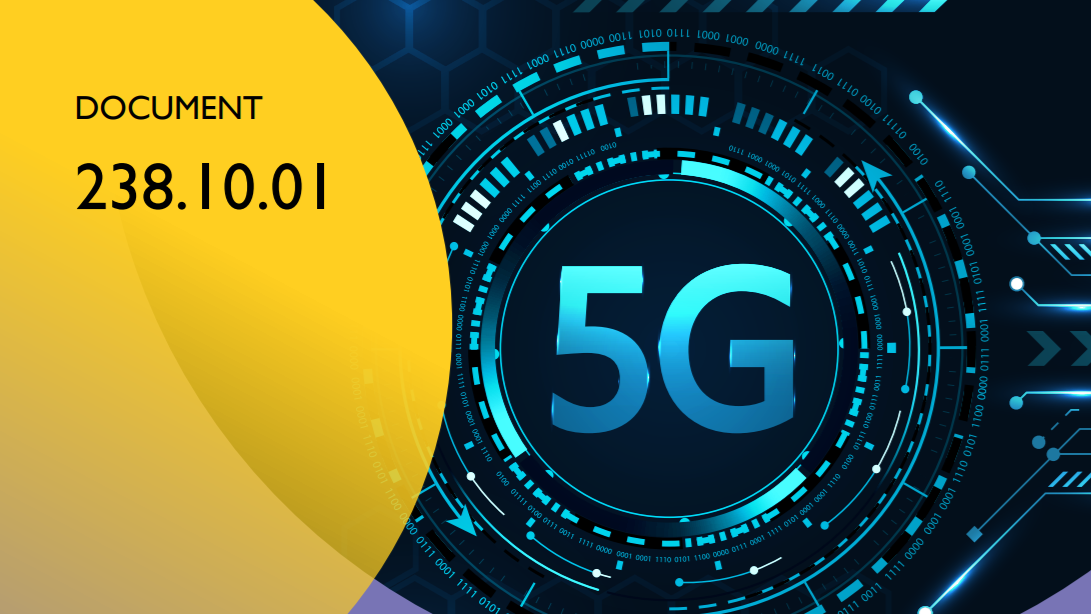Industry group draws up 5G small cell framework
The Small Cell Forum has published the first overview of how 5G small cells should be deployed over the next five years.

The Small Cell Forum (SCF) - whose members include Airspan, AT&T, Cisco, CommScope, Ericsson, Huawei, Nokia, Qualcomm, Samsung, and Vodafone - today published the first “informed and consensual” overview of 5G small cell network architectures and product definitions.
Titled ‘5G Small cell architecture and product definitions’, this is the first such study of its kind, with the aim of providing an informed view of the most important configurations and specifications for companies deploying small cells between now and 2025.
"In the 5G era, small cells will be deployed in a far wider range of scenarios, and form factors and architectures will be extremely varied."
Prabhakar Chitrapu, Small Cell Forum.
“In the early days, small cells looked fairly similar, regardless of the environment in which they would be deployed, and were easily distinguishable in size, weight and power output from other mobile equipment,” said Prabhakar Chitrapu, Chair of Small Cell Forum. “In the 5G era, small cells will be deployed in a far wider range of scenarios, and form factors and architectures will be extremely varied.”
Main recommendations
Headline elements of the new report include a clear definition of a 5G small cell network, key indoor and outdoor small cell deployment scenarios, a summary of 5G small cell RAN architecture options, an overview of small cell regulation and power classes, and a reference to hardware configurations for the main 5G small cell products expected to launch over the next five years.
“The form factor, power, size, interfaces and specification will vary according to the use case and deployment scenario, and with the introduction of virtualized, disaggregated networks, some small cells will consist of two or three elements, while others will still be all-in-one,” said Chitrapu. “It is clear that old definitions are now inadequate, and there are clear and present dangers of the industry fragmenting between hundreds of different designs with insufficient common features to achieve any scale.”
The report aims to provide a consensus view and concise definition of the types of 5G small cells being rolled out now and in the near future. It also includes definitions of the key characteristics of the different types of commercially viable 5G small cell RAN products that will be available over the next five years, including 3GPP and O-RAN Alliance 5G disaggregated open RAN specifications – work that covers macrocells, but also includes microcells and picocells.
“It has been a great pleasure working with industry colleagues over the past few months on this SCF 5G small cell architecture and product definitions paper."
Vicky Messer, Picocom.
"Small cells, or femtocells as they were previously known, have played an increasingly important role in wireless networks since their introduction more than a decade ago. One would have thought that a small cell is well defined; however, it has taken significant effort to work out what a 5G small cell is,” remarked Vicky Messer, Director, Product Management at Picocom. “It has been a great pleasure working with industry colleagues over the past few months on this SCF 5G small cell architecture and product definitions paper. As a result, we now feel we have a definitive answer.”
SIGN UP FOR E-MAIL NEWSLETTERS
Get up to speed with 5G, and discover the latest deals, news, and insight!
It is hoped that the report will enable the networking industry to innovate within “common, agreed design frameworks”, which will support product diversity, whilst also maintaining scalability and interoperability. And this paper is the result of an SCF member study which has been supported by a major survey of operators, other small cell deployers, and supply chain members.
- Discover the best 5G networks in the UK and US
- Get your hands on the hottest 5G phones
- Millimeter wave: the secret sauce behind 5G
- The complete guide to 5G security
- We reveal the latest 5G use cases
- Discover the truth behind 5G dangers
- 5G towers: everything you need to know
Dan is a British journalist with 20 years of experience in the design and tech sectors, producing content for the likes of Microsoft, Adobe, Dell and The Sunday Times. In 2012 he helped launch the world's number one design blog, Creative Bloq. Dan is now editor-in-chief at 5Gradar, where he oversees news, insight and reviews, providing an invaluable resource for anyone looking to stay up-to-date with the key issues facing 5G.

